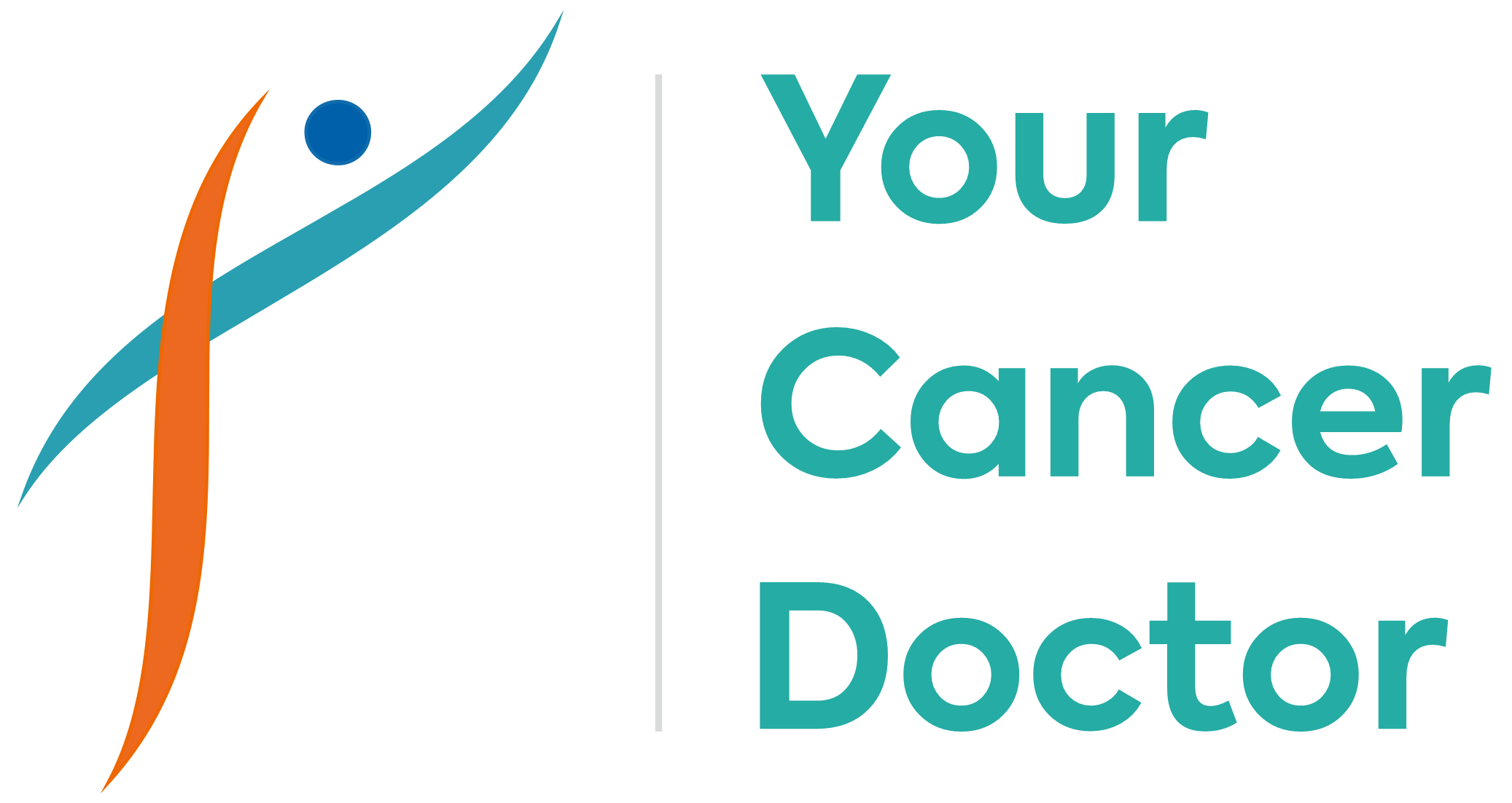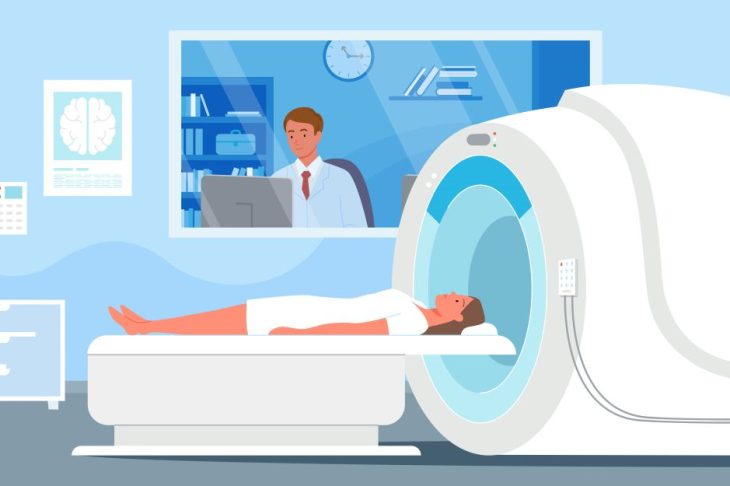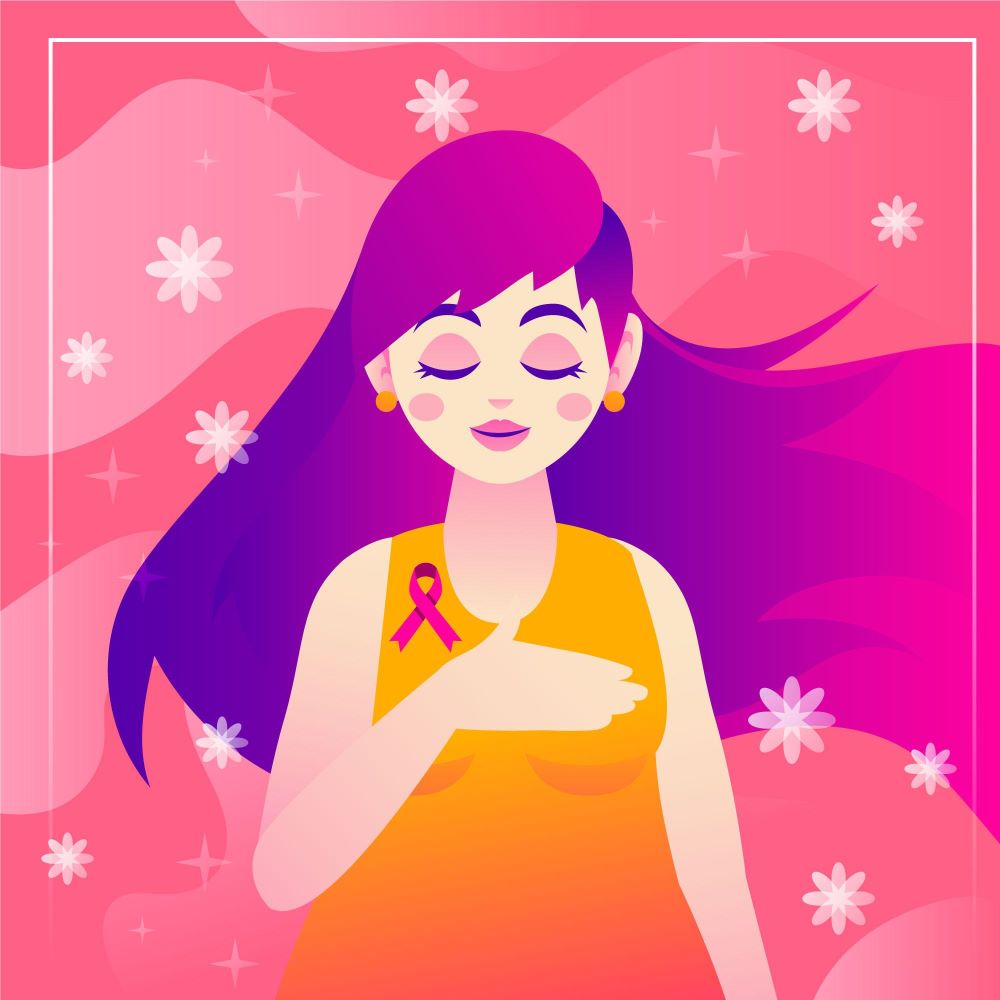
Breast Cancer in Young Women: Challenges & Unique Risks
Breast cancer is often perceived as a disease that affects older women, but its impact on younger women—particularly those under 40—is growing in significance. While only about 5–7% of all breast cancer cases are diagnosed in women under 40, these diagnoses often come with unique risks, complex challenges, and emotional burdens.
This blog explores the realities of breast cancer in young women, highlighting the specific risks, symptoms, and treatment pathways, such as stage 3 breast cancer, breast cancer surgery, and chemotherapy for breast cancer.
Understanding the Types of Breast Cancer in Young Women
Young women can be affected by any of the types of breast cancer, including:
-
Invasive ductal carcinoma (IDC):
The most common type, originating in the milk ducts and spreading into surrounding breast tissue.
-
Triple-negative breast cancer (TNBC):
More common in younger women, especially those with BRCA mutations. TNBC is aggressive and harder to treat.
-
HER2-positive breast cancer:
Characterised by overexpression of the HER2 protein, leading to rapid growth.
-
Inflammatory breast cancer:
A rare but aggressive form that blocks lymph vessels, leading to swelling and redness. It’s often diagnosed at stage three breast cancer or higher due to its rapid progression.
These types differ not only in their behaviour and appearance under a microscope but also in how they respond to treatments like chemotherapy or targeted therapy.
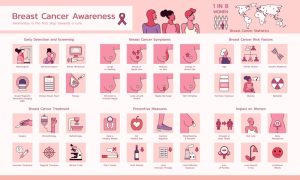
Why Is Breast Cancer Different in Younger Women?
The biology of breast cancer in younger patients tends to be more aggressive. Tumours are often hormone-receptor negative, making them less responsive to hormonal treatments. This leads to
- Higher likelihood of advanced breast cancer stages at diagnosis
- Increased chances of recurrence
- More complex treatment needs
In addition to biological differences, younger women also face unique psychosocial challenges—concerns about fertility, dating, raising young children, financial instability, and long-term treatment side effects.
Stage 3 Breast Cancer: What It Means for Young Women
A significant portion of young women are diagnosed at an advanced stage, particularly stage 3 breast cancer. This stage indicates that the cancer has extended beyond the breast to nearby lymph nodes but not to distant organs.
Stage 3 Breast Cancer Symptoms May Include:
- A large breast cancer lump (usually over 5 cm)
- Swollen or firm lymph nodes in the armpit or collarbone
- Skin changes on the breast, such as dimpling, redness, or thickening
- Persistent pain or heaviness in the breast
Early detection is more difficult in younger women due to denser breast tissue and lack of routine screening recommendations before age 40. This often results in delayed diagnoses and more advanced disease.
Inflammatory Breast Cancer in Young Women
Inflammatory breast cancer (IBC), though rare, disproportionately affects younger women. It often doesn’t present with a distinct lump, making it harder to detect. Instead, symptoms can mimic an infection: redness, warmth, and swelling. By the time IBC is diagnosed, it is commonly classified as stage three breast cancer or even stage 4.
Treatment is urgent and usually begins with chemotherapy for breast cancer to shrink the tumour before surgery and radiation.
Diagnosis: Overcoming the Barriers
Many young women face delays in diagnosis because initial symptoms are mistaken for benign conditions like hormonal changes or cysts. Common red flags include:
- A new lump or thickening in the breast
- Nipple discharge (especially if bloody)
- Skin irritation or dimpling
- Breast or nipple pain
- A change in the size or shape of the breast
Unlike older women, younger women are not part of regular mammography screenings, so awareness and self-examination become critical. Any unusual breast change should prompt immediate medical evaluation.
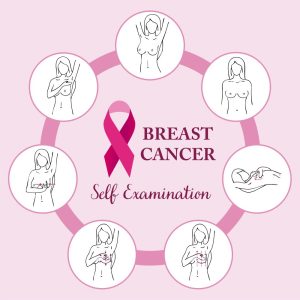
Treatment Options: More Than Just Surgery
Treatment of breast cancer in young women is multifaceted and aggressive, especially for advanced stages. It typically includes a combination of the following:
1. Breast Cancer Surgery
Depending on the type and stage, surgery options may include:
- Lumpectomy (breast-conserving surgery)
- Mastectomy (partial or complete removal of the breast)
- Sentinel lymph node biopsy or axillary lymph node dissection if cancer has spread
2. Chemotherapy for Breast Cancer
This is commonly used for younger women, especially with stage 3 breast cancer, TNBC, or HER2-positive cancers. Chemotherapy helps shrink tumours before surgery (neoadjuvant therapy) or eliminate residual cancer cells after surgery (adjuvant therapy).
3. Radiation Therapy
Radiation therapy is often recommended post-surgery to destroy remaining cancer cells and reduce recurrence risk.
4. Targeted Therapy & Hormonal Therapy
HER2-positive and hormone receptor-positive cancers benefit from targeted drugs or hormonal treatments, which may be continued for 5–10 years.
5. Fertility Preservation
Younger patients may need to explore fertility preservation methods like egg or embryo freezing before starting treatment, as chemotherapy can impact fertility.

Breast Cancer Survival Rate in Young Women
While survival rates are generally improving due to advances in treatment, younger women often face a more difficult prognosis. The breast cancer survival rate for stage 3 breast cancer varies depending on several factors, including tumour biology and response to treatment. On average:
- The 5-year survival rate for stage three breast cancer is around 72%, though this can vary.
- Those with aggressive subtypes like inflammatory breast cancer or triple-negative breast cancer may have lower survival rates without early and effective intervention.
However, many young women go on to lead full, healthy lives after breast cancer, especially when it’s diagnosed early and managed with a multidisciplinary approach.
Life After Breast Cancer: Emotional & Physical Recovery
Recovery for young breast cancer survivors involves more than just physical healing. The emotional toll of cancer can linger—fear of recurrence, changes in body image, anxiety about family planning, and long-term side effects of chemotherapy.
Support groups, counselling, lifestyle adjustments, and ongoing surveillance form a crucial part of survivorship. Programs tailored to young women at cancer centers—like those offered by Omega Hospitals—can make a significant difference in quality of life post-treatment.
Conclusion: Prioritize Awareness and Early Action
Breast cancer in young women presents distinct challenges—from aggressive tumours to complex emotional and fertility concerns. Recognising the stage 3 breast cancer symptoms, knowing your body, and pushing for early evaluation can save lives. While advanced breast cancer stages can be intimidating, modern treatment options—ranging from breast cancer surgery to chemotherapy for breast cancer—are continually improving outcomes and boosting the breast cancer survival rate.
At Omega Hospitals, we stand committed to early detection, individualised care, and holistic support for every young woman facing breast cancer. No matter the types of breast cancer, our dedicated team ensures patients and families are empowered with knowledge, compassion, and leading-edge treatment at every stage of their journey.
